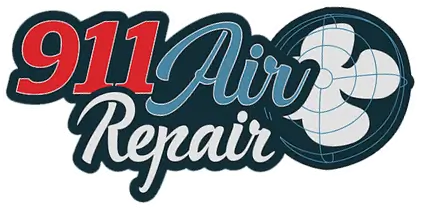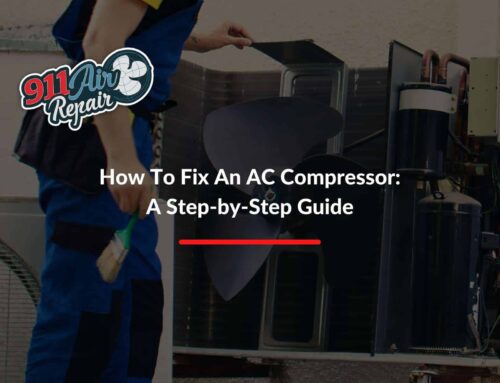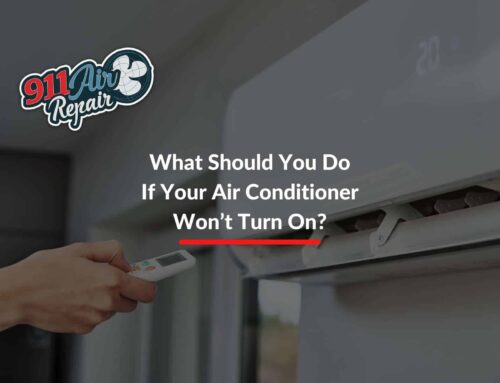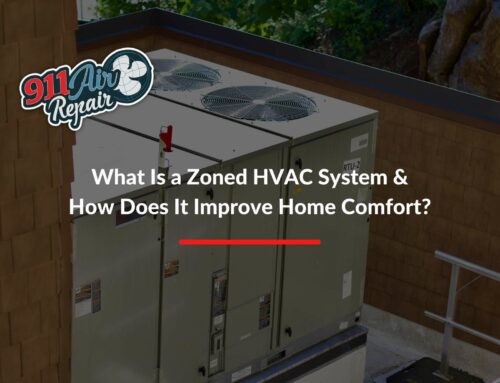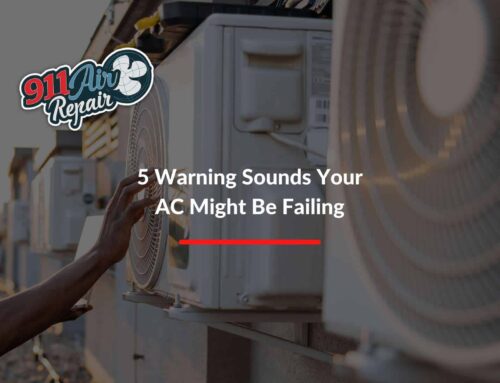What You Need To Know About a Frozen AC Coil: Signs, Causes & When To Replace It
When summer temperatures soar, the last thing you want is for your air conditioner to stop working. Living in Arizona means facing some of the most intense heat in the country. For instance, in 2024, Phoenix recorded an astonishing 70 days with temperatures of 110°F (43°C) or higher, according to 12 News. In these extreme conditions, a reliable AC system isn't just a luxury, it's a necessity.
One of the most common and frustrating issues homeowners face is frozen AC coils. It may sound odd that a cooling system can freeze up in the middle of a desert climate, but it happens more often than you might think. Here, we'll explain why AC coils freeze, how to recognize the signs, and, most importantly, what you can do to prevent it.
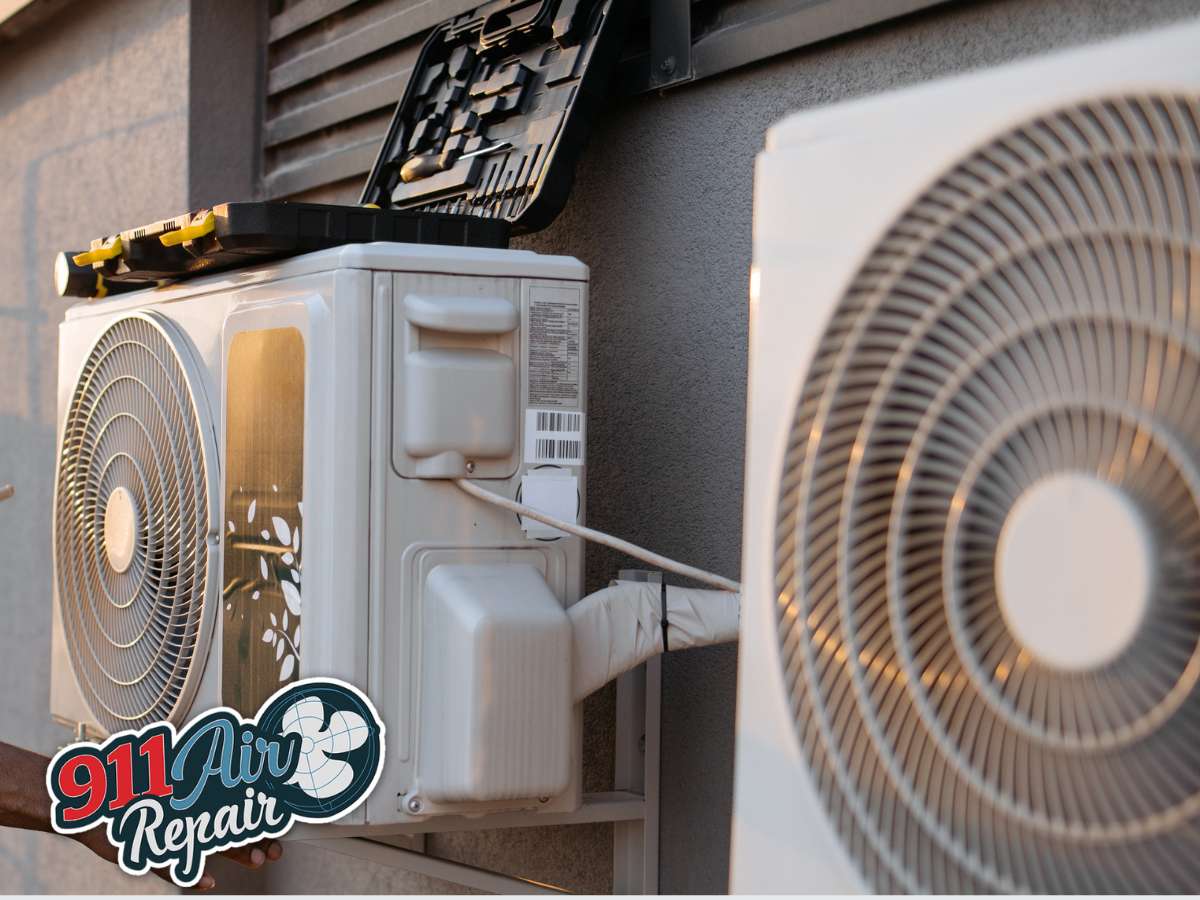
How AC Coils Work To Keep Your Arizona Home Cool
Your air conditioning system has two main types of coils: the evaporator coil and the condenser coil. The evaporator coil is located inside your home, typically paired with your furnace or air handler. It's responsible for absorbing heat from the air inside your home. The condenser coil, located outside in the AC unit, releases that heat into the outdoor air.
When both coils work correctly, your system cools efficiently. When airflow or refrigerant levels are disrupted, the evaporator coil can become too cold, causing moisture in the air to freeze onto its surface.
Common Signs Of Frozen AC Coils
While visible ice buildup on your indoor unit is an obvious sign, frozen coils can sometimes be less noticeable. Here are common indicators:
- AC running but not cooling effectively.
- Warm air blowing from vents despite the system being on.
- Frost forming on refrigerant lines or around the outdoor unit.
- Water puddles near the indoor drain pan after the ice has melted.
If you suspect frozen coils, it's best to turn off the system and call for professional AC repair in Maricopa before the problem worsens.
Top Causes Of Frozen AC Coils
Frozen coils can result from a variety of issues, but here are the most common causes:
1. Restricted Airflow From a Dirty Air Filter
A dirty air filter can severely limit airflow, preventing enough warm air from passing over the evaporator coil. Without this airflow, the coil gets too cold and ice begins to form. To avoid this, check filters every month and replace them every 30–90 days, depending on usage, pets in the home, and dust levels.
2. Dirt & Debris On The Evaporator Coil
Even if your filter is clean, dust and debris can still build up over time on the evaporator coil. This layer of dirt acts like insulation, blocking proper heat transfer and increasing the likelihood of freezing. The best way to prevent this is to schedule an annual AC service so a professional can clean the coils safely without damaging the delicate fins.
3. Blocked Or Closed Vents
When supply or return vents are blocked by furniture, rugs, or clutter, airflow is reduced throughout your system. That restricted air movement forces your AC to work harder and increases the chance of ice forming on the coils. Keep vents clear and open at all times to maintain steady airflow and balanced cooling.
4. Malfunctioning Thermostat
If your thermostat isn't functioning correctly, it may fail to turn off the AC during cooler nighttime hours. This can cause the coils to overcool and freeze. If you notice ice buildup mainly in the morning, have your thermostat inspected and calibrated by a qualified AC contractor in San Tan to ensure it's communicating with your system properly.
5. Low Refrigerant Levels
Refrigerant is essential for absorbing heat from the air inside your home. When levels are low—often due to leaks—system pressure drops, coil temperatures plummet, and freezing occurs. To prevent this, have a licensed technician check for leaks and restore refrigerant to the proper level during routine AC repair visits.
What To Do If Your AC Coils Are Already Frozen
If you notice your air conditioner isn't cooling well and see ice forming on the indoor unit or refrigerant lines, it's important to act quickly. Running the system in this condition can cause severe damage to the compressor, one of the most expensive parts to replace.
1. Turn Off Your AC
Switch your thermostat from "Cool" to "Off" immediately. This prevents the system from trying to operate while blocked by ice, which can strain components and lead to breakdowns.
2. Switch The Fan to "On"
Setting the fan to "On" will circulate warm indoor air over the coils, speeding up the melting process. Depending on how much ice has formed, it can take a few hours for the coils to fully defrost.
3. Avoid Removing Ice Physically
It might be tempting to scrape or chip away at the ice, but this can bend the coil's fins or puncture the refrigerant lines, leading to costly leaks. Allow the ice to melt naturally by using airflow or gentle heat.
4. Call For Professional Help
A trained technician can diagnose why the coils froze in the first place and make the necessary repairs to prevent it from happening again.
How To Prevent AC Coil Freezing
While frozen coils can happen unexpectedly, they're often avoidable with consistent care and mindful operation of your system.
- Regularly Change Filters: A clogged filter is often the main cause of frozen coils. Replace filters every 30–90 days, or more often if you have pets or allergies.
- Schedule Seasonal Maintenance: A spring AC service ensures your system is ready for summer. Technicians will clean coils, check refrigerants, and inspect electrical parts to catch problems early.
- Monitor Thermostat Settings: Extremely low settings, especially at night, can cause the system to overcool and freeze. Keep your thermostat within a reasonable range for comfort and efficiency.
- Keep Vents Clear: Obstructed vents disrupt airflow, leading to uneven cooling and potential freezing. Make sure both return and supply vents are open and free of furniture or rugs.
- Inspect for Refrigerant Leaks: Look for signs such as hissing noises, oily spots, or reduced cooling performance. Leaks should be addressed immediately to prevent damage to your system.
Taking these small steps not only prevents coil freezing but also helps your AC run more efficiently, keeping you comfortable even during Arizona's most extreme heat.
When To Replace Your AC Instead Of Repairing Frozen Coils
If coil freezing is a recurring problem, it could signal that your system is nearing the end of its lifespan. Consider the following:
- Age of the System: Most AC units last 10–15 years. Beyond that, efficiency drops and repair needs increase.
- Frequency of Repairs: If you're calling for service multiple times each season, replacement may be the more cost-effective choice.
- Energy Efficiency: Modern systems use less energy to produce the same cooling, which can lower monthly bills.
When repair costs start approaching the price of a new system, investing in professional AC installation becomes a smart long-term choice, offering reliable performance and enhanced comfort
Don't Let Frozen Coils Disrupt Your Comfort
Frozen AC coils indicate that your system requires attention. Airflow restrictions, dirt buildup, thermostat issues, or low refrigerant require quick action to protect your investment and keep your home comfortable.
At 911 Air Repair, your trusted Maricopa AC contractor, we understand how crucial a fully functional air conditioner is, especially in Arizona's extreme heat. Contact us today for expert AC solutions!
19756 N John Wayne Pkwy STE 106,
Maricopa, AZ 85139
Phone: (480)-360-1234
Email: support@911-ac.com
